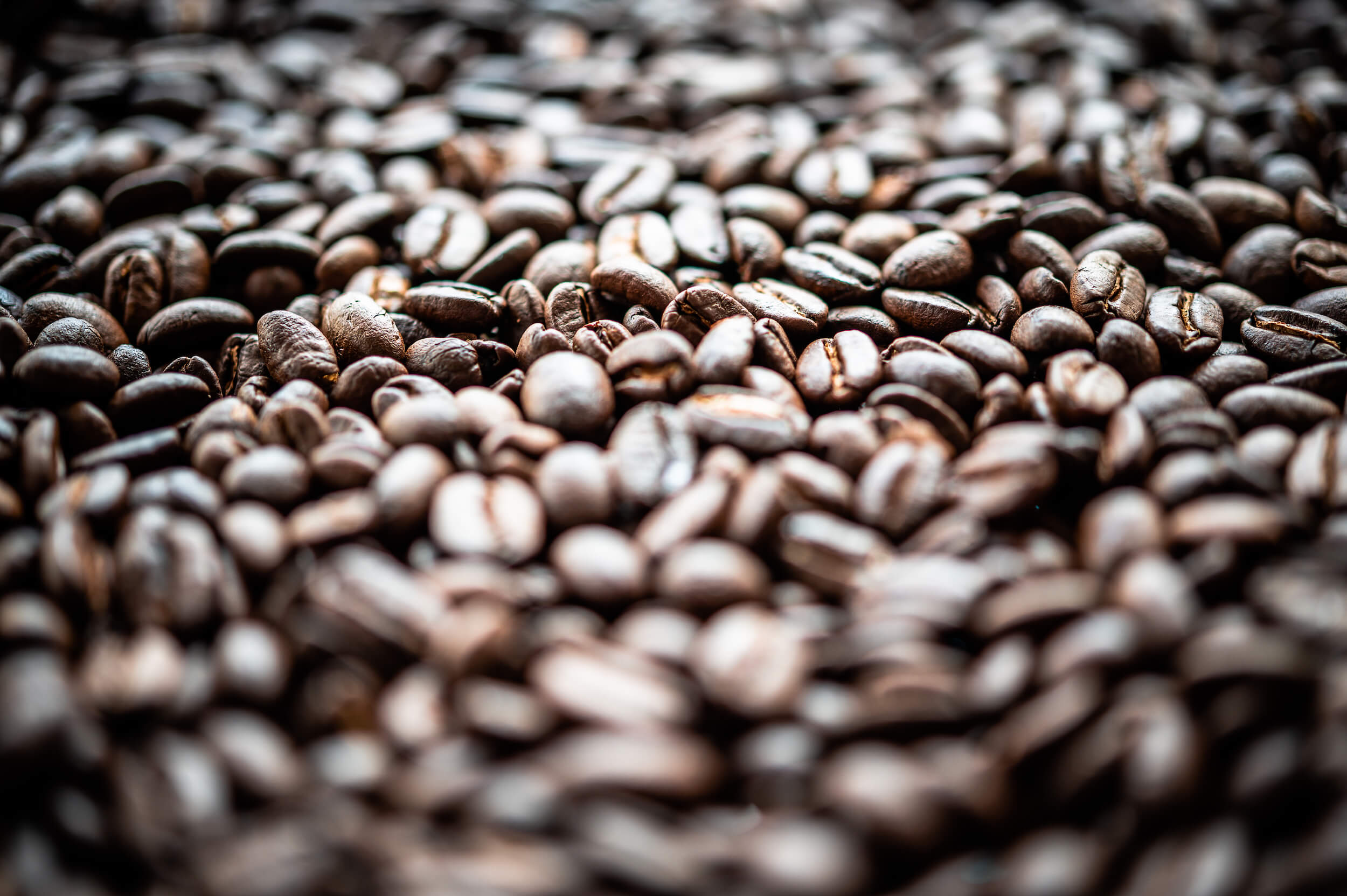We wrote previously in December and September, about the challenging outlook for coffee. Covid shutdowns at ports, a lack of shipping containers, and a shortage of truck drivers were just the beginning. Unusually dry conditions last year reduced yields after a record harvest in 2020. On top of drought conditions, Brazil experienced its worst frost since 1994. The second-largest producer of coffee beans Vietnam was also having a tough time keeping its ports open.
In what seems an unlikely turn of events Fitch Solutions, which specializes in market analysis, predicts that Brazil’s coffee production will increase 6.2% Year-Over-Year In 2022/23.
A Cheaper Anything is Welcome!
With inflation being a global epidemic it’s hard to imagine that something you might use every day would stay the same price or even get cheaper. Ironically it’s partly inflation that we might credit with tapping down prices.
Through a significant portion of the pandemic, coffee consumption increased. In fact, it increased dramatically not only in the U.S. and Europe but also in Asia where a growing percentage of young people have moved to coffee from tea. Asia is now the fastest growing market for coffee in the world. A growing middle class has embraced cafe culture, particularly in China. Lower supply due to lower harvest output, supply-chain issues, and higher demand drove prices higher.
Now, we not only have a better harvest but less demand forecasted. Inflation has reduced demand as prices have increased, and the pandemic-induced need for caffeine has abated – at least somewhat. Supply chain disruption has decreased leading to more consistent supplies and less volatility.
Climate Change’s Effects on Your Beans
Part of the increase in Brazil’s crop might be attributed to changes in the mix of been types that it grows in order to accommodate the changing environment. Again, according to Fitch Solutions:
The share of Brazil’s total crop accounted for by arabica coffee (less bitter, more acidic, and of higher value than robusta coffee) is set to be lower than two-thirds for a second consecutive year for the first time in Brazil’s history. The rising popularity of robusta coffee amongst Brazilian producers lies in its hardiness, being more resistant to heat and dryness than arabica trees, and it is favoured by domestic roasters due to its lower price
There are of course other factors that could affect the forecasts for the future price of coffee. There could be another frost in Brazil, there could be additional supply chain issues, and demand might not soften much, especially if the global economy can slip by without going into a significant recession.
If you are a coffee producer this all sounds like not-so-great news. But as a coffee drinkers, we can be pretty confident that we won’t see coffee prices do anything like what gasoline prices have done to lighten our wallets. So enjoy your morning java with the piece of mind that you’ll be able to stay alert for whatever lies ahead.


Recent Comments